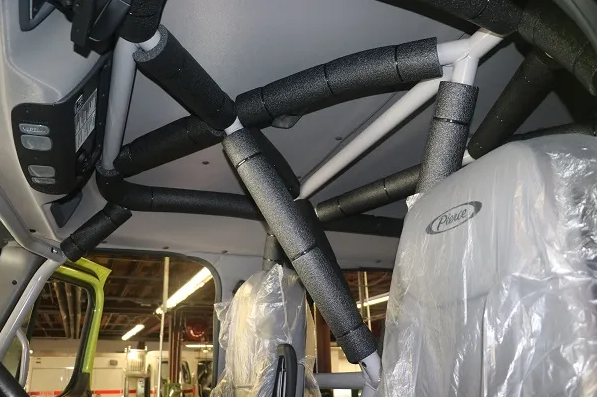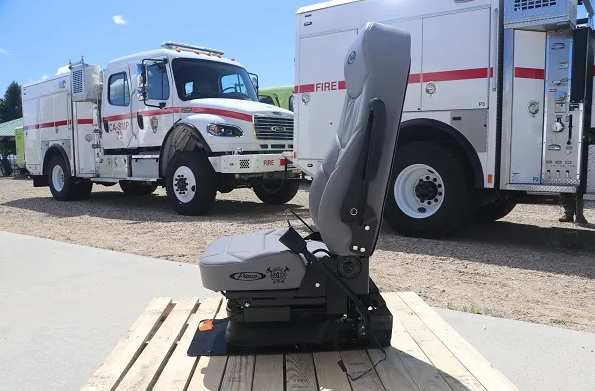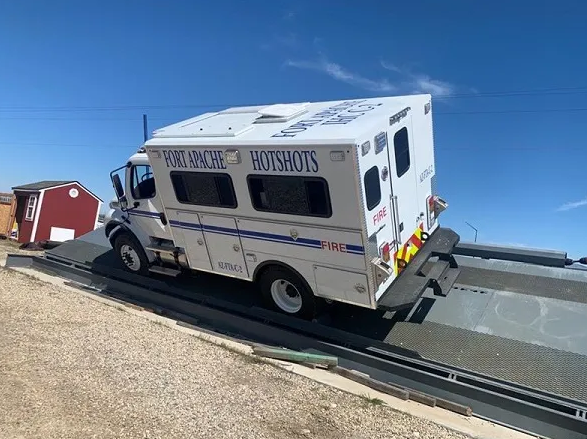Related Stories
- Helping Woodlands & Fighting Fire with the Dawson Project
- BLM delivers on administration priorities
- BLM Fire and National Conservation Lands managers collaborate to meet shared goals
- More than a summer threat: Protecting public lands from fall fires
- Fuel break on BLM-managed land slows wildfire, saves homes in Amador County, California



